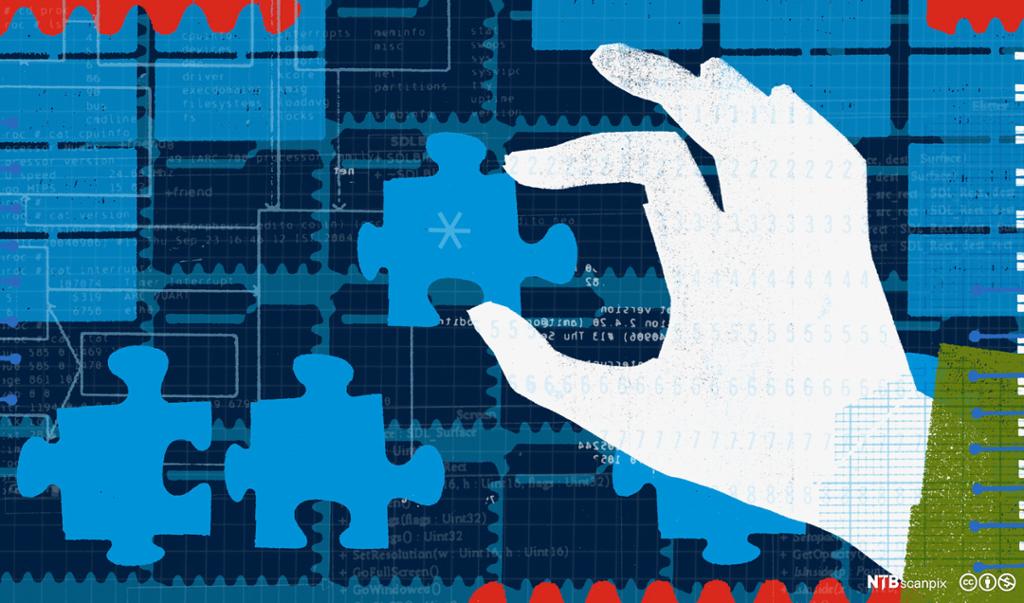How to Analyze a Narrative Video Game

A short story game is a narrative video game that shares several characteristics with traditional short stories. The story is usually centred around one single event. It is limited in scope and has an introduction, body and conclusion. The key area where narrative games differ from other fiction is with regard to interactivity. A short story game requires player choices in order to progress. This means that, depending on the actions of individual players, different players might experience a story in a different order, or in some cases even end up with completely different stories.
- A narrative focus with few dynamic characters
- Can be completed within a short time span (10 minutes - 3 hours)
- Takes place within a short timespan, within a single setting
- Few game mechanical barriers to completing the game (quick action sequences, challenging puzzles etc.)
- A narrative of several layers can be revealed by the observant player
- The story progresses through narrative means rather than game mechanics
Setting is a description of where and when the story takes place. In a short story game most of the story will take place within a single setting. The story may be affected by the setting in many ways. Consider the following when writing about the setting:
- How is the setting created? Consider geography, weather, time of day, social conditions etc.
- What role does setting play in the story? Is it an important part of the plot or theme? Or is it just a backdrop against which the action takes place?
- When was the game created?
- Does it take place in the present, the past, or the future?
- How does the time period affect the language, atmosphere or social circumstances of the short story?
- How is the setting conveyed through text, pictures and graphics, voice and sound?
Characterization has to do with who the characters are and how their traits are revealed to us. As in short stories, short story games typically have few characters and generally focus on a central character or protagonist. One thing to be aware of where games are different than other genres, is that the players' choices may have an effect on the characters’ traits and development.
- Who is the main character?
- Does the player control the main character?
- How do you learn about the traits of the characters? (Interactions/dialogue? Descriptive text? Graphics/images? Voice-over? etc.)
- Are they static/flat characters who do not change?
- Are they dynamic/round characters who do change?
- What type of characters are they? What qualities stand out? Are they stereotypes?
- Are the characters believable?
- Are the characters affected by the players’ actions in the game?
The plot is the main sequence of events that make up the story. In short story games the plot is usually centered around one experience or significant moment. Some short story games allow the player to affect the order in which different parts of the plot are revealed, and in some games the plot will change based on player choices.
- What is the most important event?
- How is the plot structured?
- Can the player affect the order in which the plot is revealed?
- Does the story have a branching narrative (meaning that player choices lead to different stories being told) or is it linear?
- Is the plot believable?
The narrator is the person telling the story. Short story games are most commonly played in first-person, meaning that the player sees what the playable characters see. Occasionally, short story games can make use of other points of view: Third-person point of view (in the context of digital games) means that we view the game from behind and above the playable character.
- Is there a narrator in the game?
- Does the game make use of voice-over effects? If so - who is speaking in the voice-over?
- Is the narration directed at you (the player) or at the character that you are controlling?
- What effect do choices of narrator and point of view have on the story? Would the story be different if it were told/shown from a different perspective?
Conflict or tension is usually the heart of the short story and is related to the main character. In a short story there is usually one main conflict.
- How would you describe the main conflict?
- Is there an internal conflict within the character?
- Is there an external conflict caused by the surroundings or environment the main character finds himself/herself in?
- Can player choice lead the conflict to be resolved in different ways?
The climax is the point of greatest tension or intensity in the short story. It can also be the turning point where events take a major turn as the story races towards its conclusion.
- Is there a turning point in the story?
- When does the climax take place?
- Do choices made by the player affect when the climax takes place?
The theme is the main idea, lesson or message in the short story. It is usually an abstract idea about the human condition, society or life.
- How is the theme expressed?
- Are any elements repeated that may suggest a theme?
- Is there more than one theme?